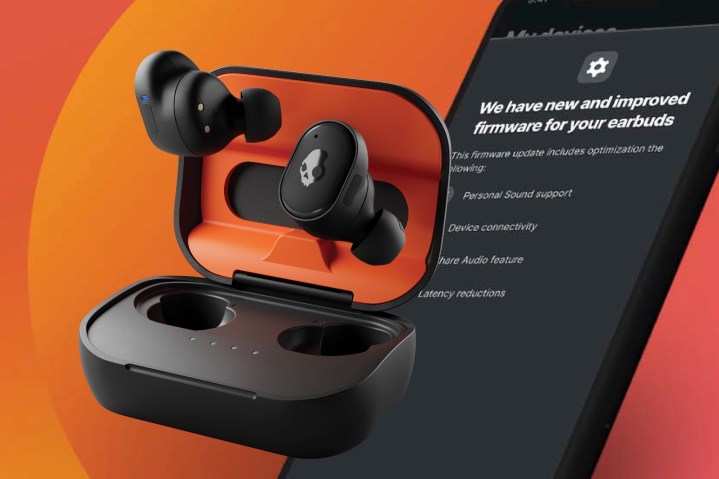Now that we seem to be living in a world where every major tech company has its own voice assistant, wouldn’t it be nice if we could simply access any of them, at any time, from any smart device with a microphone? We’re not there yet, but today Skullcandy announced a new feature that gets us closer than ever. Later this year, you’ll be able run Amazon Alexa, Skullcandy’s own Voice AI, plus whichever assistant came with your smartphone, all simultaneously, and they’ll all be accessible via their respective wake word, like, “Hey, Alexa.”

This magical marriage of voice AIs uses technology from Native Voice, a company that has only been in existence since 2020. Native Voice partnered with Skullcandy to give its Skull-IQ platform these unique features. So that means, for now, the coexistence of all of these voice assistants is something you can only get when using Skull-IQ-enabled wireless headphones or earbuds from Skullcandy, like its Grind Fuel.
Skullcandy’s Skull-IQ system already let its users access other personal assistants, but it was a bit cumbersome, requiring that you first say, “Hey Skullcandy, assistant,” before being able to ask Alexa (or another AI) what you wanted to know or do. With this new feature, you can say “Hey Skullcandy,” Hey Alexa,” or (depending on your device) “Hey Siri” or “OK Google.”
In fairness, this multi-assistant environment isn’t just the product of Skullcandy and Native Voice. It also owes a lot to Amazon’s Voice Interoperability Initiative (VII) — an effort by Amazon to spearhead multi-assistant access on devices.
Wondering why anyone would want to talk to Siri, Alexa, and any number of other AIs on the same device? It turns out, as you may have already personally experienced, that not all voice AIs are created equal and many of them possess specific strengths that the others lack.
A great example of this is the recently released Sonos Voice Control (SVC), an AI that only runs on Sonos microphone-equipped speakers. SVC has been designed specifically to be the easiest way to control what a Sonos speaker (and multiroom system) can do, with just your voice. But it’s not connected to the internet, and it can’t answer general questions or perform tasks like countdown timers the way Alexa, Google Assistant, or Siri can. With Amazon’s support of multi-assistants, Alexa and SVC on the same Sonos speaker at the same time, giving you the freedom to assign your specific task or need to the best AI for the job.
For now, Amazon’s Alexa is the only major voice AI that will run alongside other AIs on third-party devices, but it has yet to introduce other voice AIs on its own Ech0 smart speakers. Google still prevents any device that runs Google Assistant from running any other voice AI, and Apple’s Siri is still confined to just Apple’s own products.
Your first opportunity to try up to three assistants at once will be at the end of 2022, when Native Voice and Skullcandy update Push Active, Grind, and Grind Fuel earbuds with the new feature.



